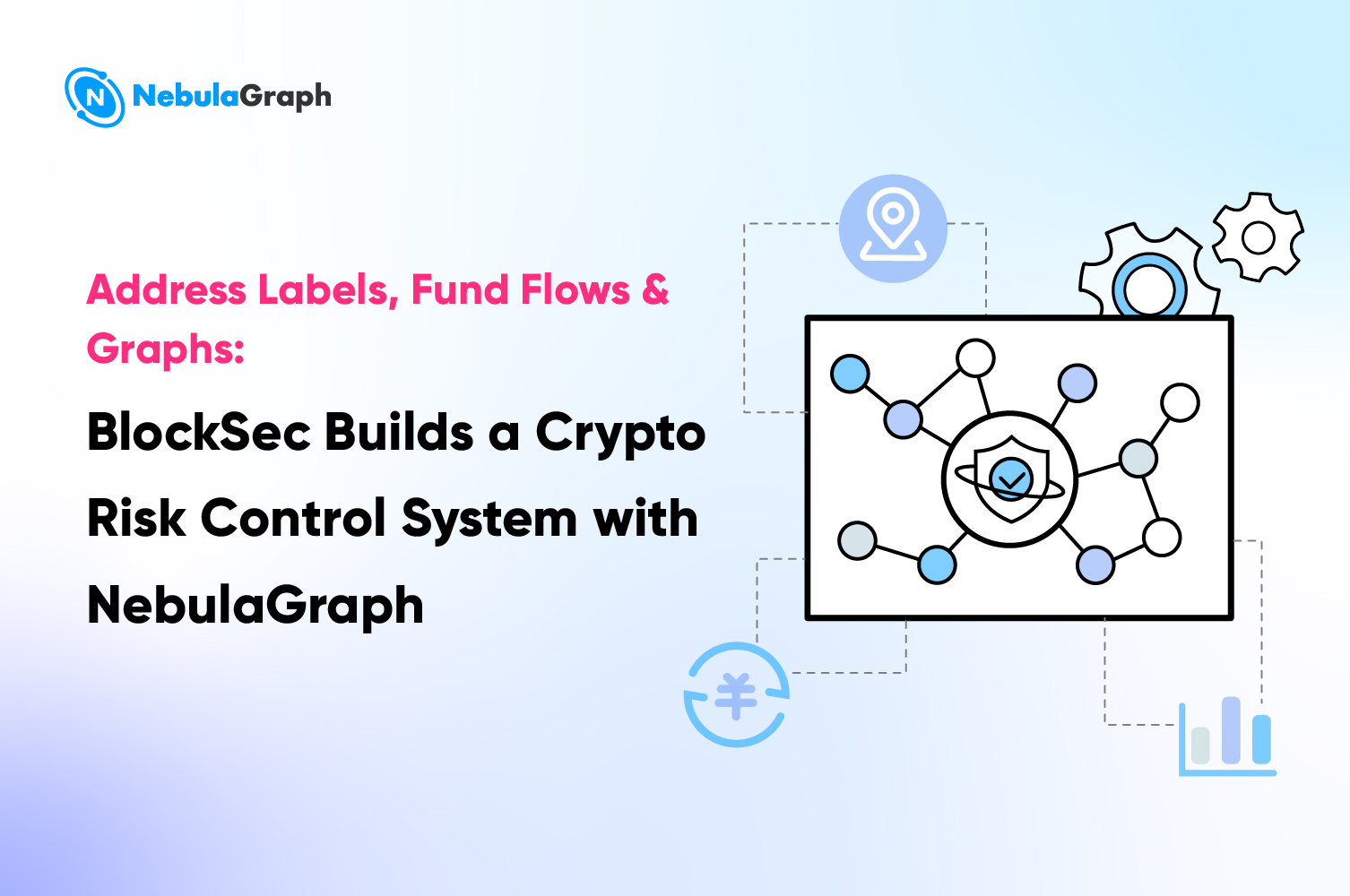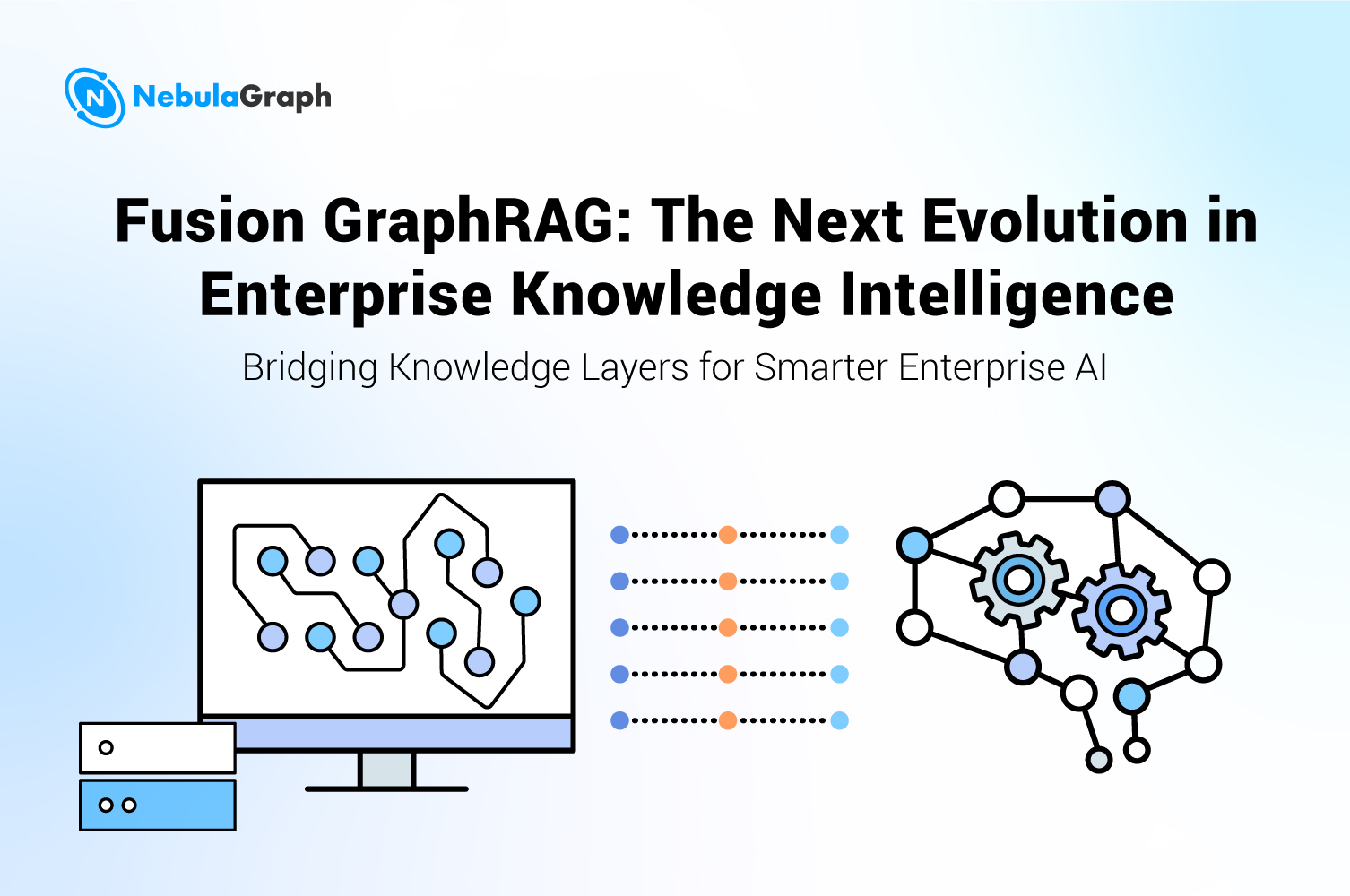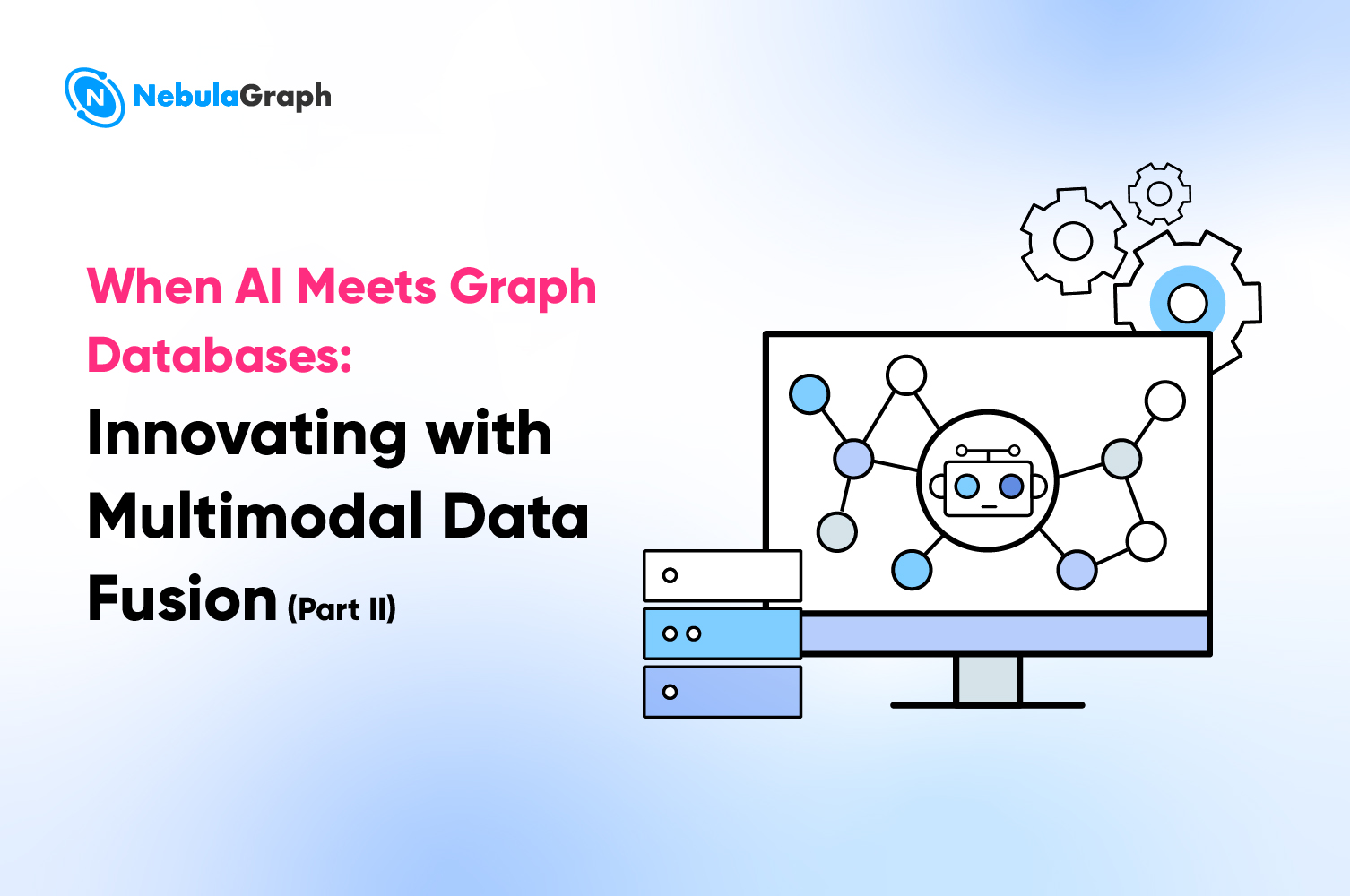Tools
NebulaGraph: A RedisGraph Alternative
Due to the fact that NebulaGraph and RedisGraph are both graph databases, they're often mentioned as potential replacements for Neo4j. Both of these systems are highly scalable and excel at tackling complex queries. They also have low latency, which makes them ideal for businesses of all sizes.
However, RedisGraph was scheduled to go end-of-life with its support ending on Jan 31, 2025, as the company has announced. Because of that, many users are already looking at alternatives that could replace this software.
We'll start this article by describing NebulaGraph and RedisGraph in detail, after which we'll go through their main characteristics. In the end, we'll share our thoughts on why we think NebulaGraph is a perfect RedisGraph alternative.
What is RedisGraph?
Redis stands for Remote Dictionary Server. This scalable graph database is open-source and, as such, available to all users. The best thing about Redis is that it's rather fast, allowing you to process queries in the blink of an eye and making it one of the most popular solutions on the market.
One of the important things to keep in mind is that this database has a flexible data model. The distributed graph database relies on Cypher query language as its basis. Within this graph database, graphs are shown as space adjacency matrices. RedisGraph relies on SuiteSparce to show these matrices and introduce physical query operators.
You can use this mature and robust database for all sorts of tasks ranging from session management to caching, leaderboards, gaming, passenger transport, real-time analytics, media streaming, and more. Redis keeps its data in memory thus ensuring high throughput and low latency.
What is NebulaGraph?
NebulaGraph is a modern solution for all your graph needs. This open-source graph database is meant to address all the issues that are common for traditional graph databases, among others, high latency, low throughput, and poor scalability. It has become extremely popular in the last few years due to its flexibility and scalability.
NebulaGraph excels at handling any type of structured data. It works wonders when querying graphs of any size, showing its full potential with complex graph traversals. With its massive community and a large number of tools, NebulaGraph is a perfect solution for businesses that have started using a graph database for the first time.
Given that NebulaGraph is a scalable graph database optimized for complex queries, it can save your organization a lot of money. The database shines when creating new graph-based applications but can also serve as a learning resource for scientists.
One of the reasons why NebulaGraph stands out in the graph database landscape is the fact it offers Kubernetes Operators to its users. With it, companies can ensure easy management and deployment within any cloud environment.
How Does NebulaGraph Compare to RedisGraph?
NebulaGraph is often presented as a potential alternative to RedisGraph. The distributed open-source database provides features similar to Redis, but it has improved features, making the two somewhat interchangeable. That being said, here is a breakdown of the main features and characteristics of both graph databases:
NebulaGraph Characteristics
- Best characterized as a distributed, high-performance, linear, and scalable graph database management system
- Created by Vescoft Inc. and released in 2019
- Open source graph database
- Uses C++ as an implementation language and is available on Linux
- Uses strong-typed schema and allows typing
- Supports Java, Go, C++, .Net, Python, and PHP programming languages
- Has role-based access control
Redis Characteristics
- Redis is an in-memory data platform that companies use as a message broker, cache, and database
- Created by the Redis team and released in 2009
- Open source graph database
- Uses C as an implementation language and is available on Linux, Windows, OS X, and BSD
- The platform is schema-free
- Supports 36 programming languages, including Java, C++, Python, and Ruby
- Uses several access control types
What EOL Means to Enterprise Customers of RedisGraph?/Open-Source Users?
As mentioned, RedisGraph will become obsolete after January 2025. This means that the company will stop marketing, sales, updates, and any other work related to the database. While you’ll still be able to use the software for a while, you might miss out on some of the features. Lack of support is something that can especially be troublesome for your brand.
In other words, if your company is using this solution, you’ll have to find something to replace it. Ideally, you should make that transition as soon as possible, as you don’t want to wait until 2025 to make the switch.
Why Is NebulaGraph An Ideal Alternative to RedisGraph?
When it comes to real-world application, NebulaGraph provides similar things to Redis. It works for all sorts of complex graphs and provides you with graph analytics. The database is highly scalable, with low-latency, giving your business a competitive advantage over other brands.
That said, here are a few common use cases where NebulaGraph can outshine Redis: fraud detection, question-and-answer systems, social networking, and recommendation systems. Given that all these features are relevant to modern businesses, NebulaGraph can obviously provide numerous benefits for your brand.
The best thing is that NebulaGraph gets much faster updates than many other products on the market. The software has evolved a lot since its first inception and, today, represents one of the best graph databases you can buy.
How to Phase Out RedisGraph and Migrate to NebulaGraph?
If you wish to migrate from RedusGraph to Nebula, you’ll need the NebulaGraph Exchange tool. The software is based on Spark, which ensures top performance and allows for the import of any quantity of data. To migrate data properly, you’ll need to create a DataFrame in Spark. DataFrame is a type of data collection that is presented in columns and rows, and which can be stored in multiple partitions. You store these partitions on different computers as a way of allowing parallel operations. After data transformation, NebulaGraph Exchange will go through DataFrame rows and acquire values according to the field mapping relationship.
Contact NebulaGraph if You Need Help
If you’re unsure how to migrate data from Redis to Nebula, we suggest you contact Nebula’s community. Here, you can find answers to all your questions and learn more about how to best utilize the graph database. The moderators are resourceful and usually active, and they will quickly help you out.
Alternatively, you can contact the company’s sales team for assistance. These experts can not only provide instructions for migration but will also introduce you to the software’s features and pricing plans.
Conclusion
Although RedisGraph is an older graph solution with a significant following, NebulaGraph can easily replace it. Both databases have similar capabilities and can provide high scaling with low latency. As such, they can be utilized for all sorts of business purposes, from creating recommendation engines to detecting fraud.


